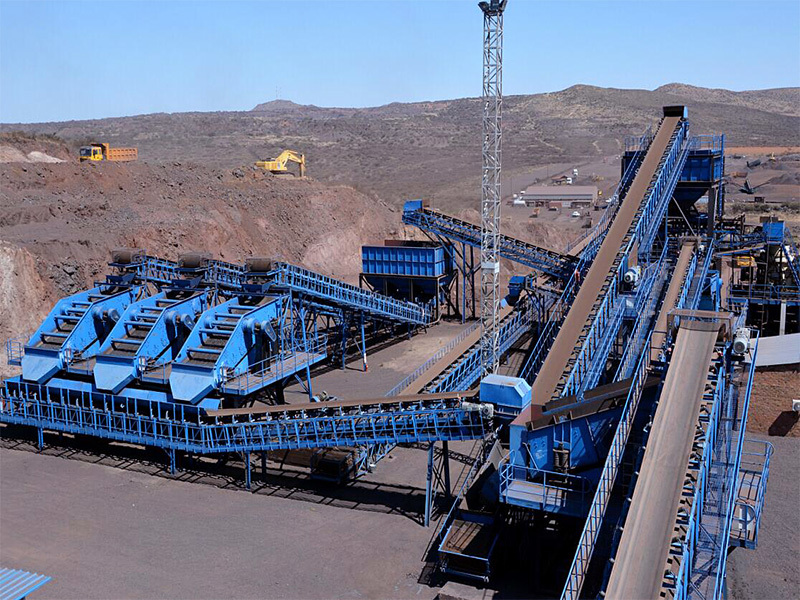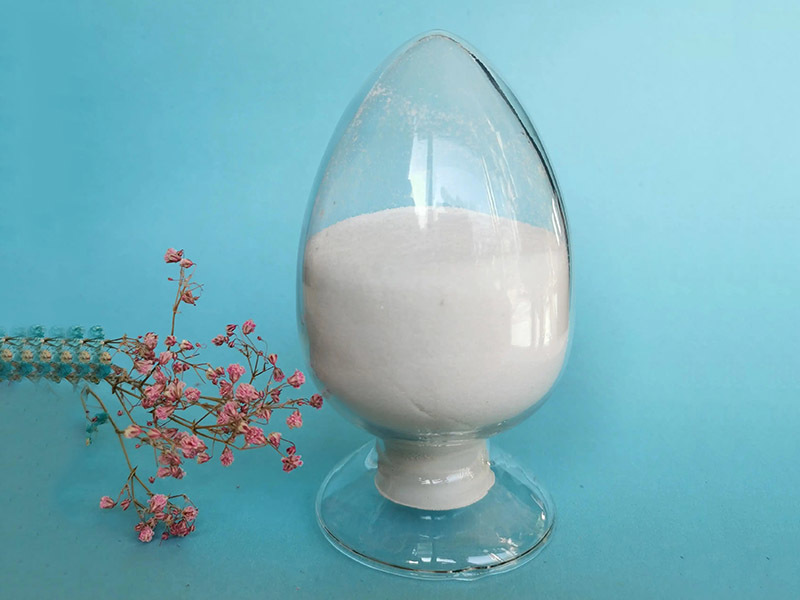
Mineral Services
- Commodity name: Mineral Services
Product Introduction
 Polyacrylamide is used in mining, processing and tailings treatment of minerals such as coal, gold, silver, copper, iron, lead, zinc, aluminum, uranium, nickel, phosphorus, potassium, manganese, and salt. The main purpose is to improve solid-liquid separation. Efficiency and recovery; where in the coal industry, coal slurry and tailings settling and clarification, tailings filtration and solid-liquid separation during centrifugation; in gold or silver or copper mines, settling added to the thickener before the filter tank In the mineral solution with low pH value (less than 4), such as lead-zinc ore, it is used for sedimentation additives, etc.; in aluminum ore, after the sodium aluminate solution and red mud are separated, it is added during the washing process. An adjuvant to promote rapid sedimentation of red mud particles to obtain a clarified overflow that meets the requirements.
Polyacrylamide is used in mining, processing and tailings treatment of minerals such as coal, gold, silver, copper, iron, lead, zinc, aluminum, uranium, nickel, phosphorus, potassium, manganese, and salt. The main purpose is to improve solid-liquid separation. Efficiency and recovery; where in the coal industry, coal slurry and tailings settling and clarification, tailings filtration and solid-liquid separation during centrifugation; in gold or silver or copper mines, settling added to the thickener before the filter tank In the mineral solution with low pH value (less than 4), such as lead-zinc ore, it is used for sedimentation additives, etc.; in aluminum ore, after the sodium aluminate solution and red mud are separated, it is added during the washing process. An adjuvant to promote rapid sedimentation of red mud particles to obtain a clarified overflow that meets the requirements.
1. Alumina ore
In the alumina production process of treating diaspore, gibbsite or mixed bauxite by Bayer method, sintering method or combined method, the minerals are first crushed to less than 1mm level. Then add concentrated sodium hydroxide and apply high temperature and pressure. Aluminum dissolves in highly corrosive liquids, and all impurities except soluble silicon are not dissolved.
After the above process, the sand and gravel are removed together with the pulp which has undergone primary concentration and sedimentation. An anionic polyacrylamide flocculant is added to the primary concentration tank. This is a very important part of the process to get clear overflow. The underflow of the thickening tank, the red mud, will be processed through a reverse reflux settling process. In this process the aluminium in the liquid is recovered through a series of washing settling tanks. At this point the anionic polyacrylamide flocculant is reused to promote rapid settling and obtain a desired clear overflow.
The overflow of the aluminum-rich primary concentration tank was filtered, and after cooling (48 hours), aluminum hydrate was added to promote the precipitation of aluminum trihydrate. After filtering, washing and calcining, aluminum is obtained.
2. Coal industry
After the coal is mined, it is classified according to the ash content and particle size of the coal; in order to obtain clean coal with a relatively high combustion value, it is usually completed by the process of flotation, and the proportion of coal particles and impurities in the water medium is different. Separation is achieved in the water, the coal floats on the top, the impurities sink to the bottom, and the treated coal is classified to obtain a clean coal product. In the above process, pulverized coal impurities and water are generated, which need to be further processed and recovered, so that the water can be recycled; in this process, polyacrylamide is used as a flocculant, which can improve the impurities and water. separation efficiency.
3. Gold and silver
The minerals after crushing and screening are further ground by adding water and lime to the grinder, and sedimentation is carried out in the next step of the concentrator. In this stage, anionic polyacrylamide is used to promote the rapid sedimentation of solids, and the substrate is filtered through a series of filter tanks. Anionic polyacrylamide flocculant added to the concentrator before filtration.
4. Lead and zinc
In the sorting process of zinc sulfide: minerals are oxidized to zinc oxide by calcination. The oxide is then leached with sulfuric acid. Medium acid filtrate with pH around 5 and acid filtrate with pH 2.5 can dissolve all concentrates in sulfuric acid. Some concentrators add a hot filtration concentration process to further improve recovery. Counter-reflux sedimentation systems are usually used for overflow purification of neutral concentration. In the lead-zinc filtration process, anionic polyacrylamide flocculant is used to promote the rapid sedimentation of minerals and the clarification of filtrate, improve the production efficiency of the process and reduce the loss of minerals.
5. Copper mine
The pulp or tailings from the flotation tank will enter the concentration tank for further settlement. A flocculant is added at this point to promote rapid settling and create a clarifying overflow. The clarification overflow will be recycled as water. The remaining concentrated tailings will be put into a centrifuge for centrifugal dehydration, and anionic polyacrylamide flocculant will be added as a centrifugal additive at this time.
The copper ore-laden air bubbles (concentrates) are mechanically separated from the overflow. It is then concentrated and dehydrated. At this time, anionic polyacrylamide flocculants are used to improve the efficiency of sedimentation and filtration. The final concentrate or filter cake contains approximately 25% to 35% copper. This will be recovered by pyrometallurgy.
6. Nickel ore
In the process of "wet" process of extracting nickel from nickel earth ore, the slurry water produced can be quickly separated by adding polyacrylamide;
7. Phosphate
Phosphate tailings are usually treated by settling using a thickener. Since the particles of phosphate tailings are very small, it is particularly important to choose a suitable flocculant.
Key words:
Ask For A Quick Quote
We will contact you within one working day. Please pay attention to your email.
What Else Might You Learn?











